Kurk Kurk has invited an artist from Brazil Xica Negra (Francisca Ponta Negra Dos Santos) to join the #ArtMillers initiative and talk about her hometown and the importance of nature in her artistic practise. Xica Negra was born in Paraty (Parati), which is a coast side town in the south-east part of Brazil. It is situated between Rio de Janeiro and São Paulo. Paraty is listed as a UNESCO world heritage site. It is one of the five key biodiversity hotspots in the world. Xica is interviewed by Kurk Kurk’s content curator and educator Urtė Baranauskaitė.
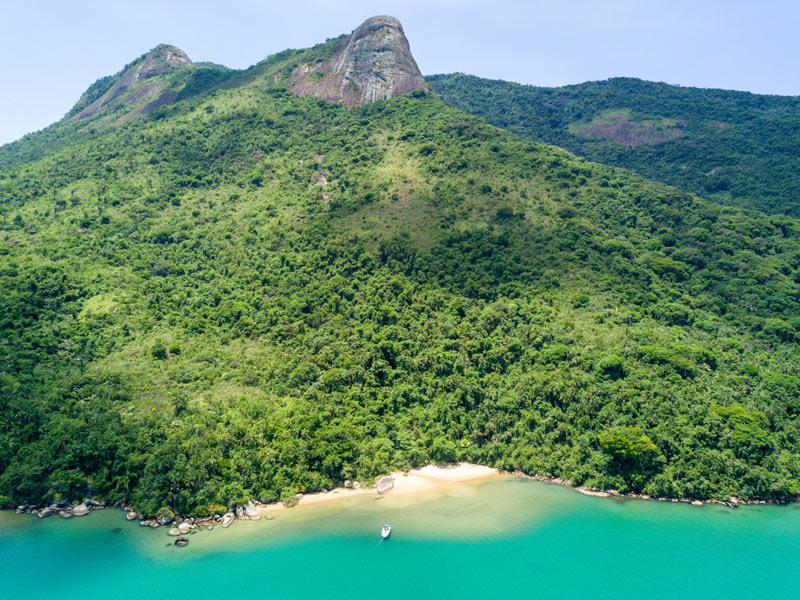
Most of your paintings are a reflection of your experiences living in Paraty. Could you describe the nature and culture of the town and how it shaped your artistic practise?
Xica Negra (X.N.): Yes, my works talk about my experiences of being born and raised in Paraty. To be honest, that is a very difficult question to answer, because there is no simple answer. Paraty is an internationally recognized city for its nature and cultural life. The city has many particularities. There is an old town with a rich history, yet the city itself has a small population. Paraty has a city centre, but the big part of the city’s territory consists of more remote areas. These conditions allow different types of habitat and realities to exist. There are mountains, waterfalls, rivers, open sea with waves and a protected part of the bay. Paraty has 3 types of environmentally preserved areas. The city is situated in a strategic point, between two of the biggest cities of Brazil – São Paulo and Rio de Janeiro.
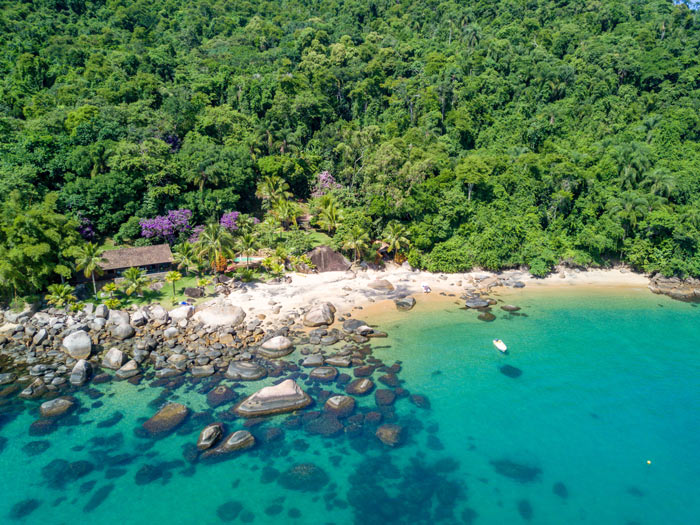
Paraty is famous internationally, which means there are many travellers from every part of the globe as well as Brazil itself coming to visit. The city also has a huge cultural scene. Every month there are at least 2 types of celebrations happening. Every year the city hall publishes two types of annual calendars: one of them is about Catholic celebrations and activities and the other one is about cultural activities. Besides this, we also have national holidays. What this means is that sometimes there are 3 parties happening at the same time but in the different areas of the city.
For me it is impossible not to talk about my home town, because it really is a special and particular place to be born in. I had so many privileged experiences and to represent some of them is a way to be thankful and active in the cultural scene of Paraty.
Artworks by Xica Negra
Few years ago you made a decision to move to Europe and now you live in The Netherlands. What are the biggest differences you’ve noticed between the way of living, people and culture here compared to your home region?
(X.N.): I think the biggest difference between Brazil and The Netherlands is that here people from all layers of the society can consume products. It doesn’t matter if you are rich or poor, you have access to consumer goods. Perhaps not of the same quality, but still, you can buy anything you want.
Everyone I know goes out to dinner, has smartphones or computers and dresses well. This is not an option in Brazil. There are some people who are unable to consume anything other than basic survival foods. On the other hand, Brazilians are creative and spontaneous people. The rule doesn’t always apply, it all depends on the situation. Anything can happen, the world is a box full of surprises and opportunities! These are some of the feelings shared among Brazilians.
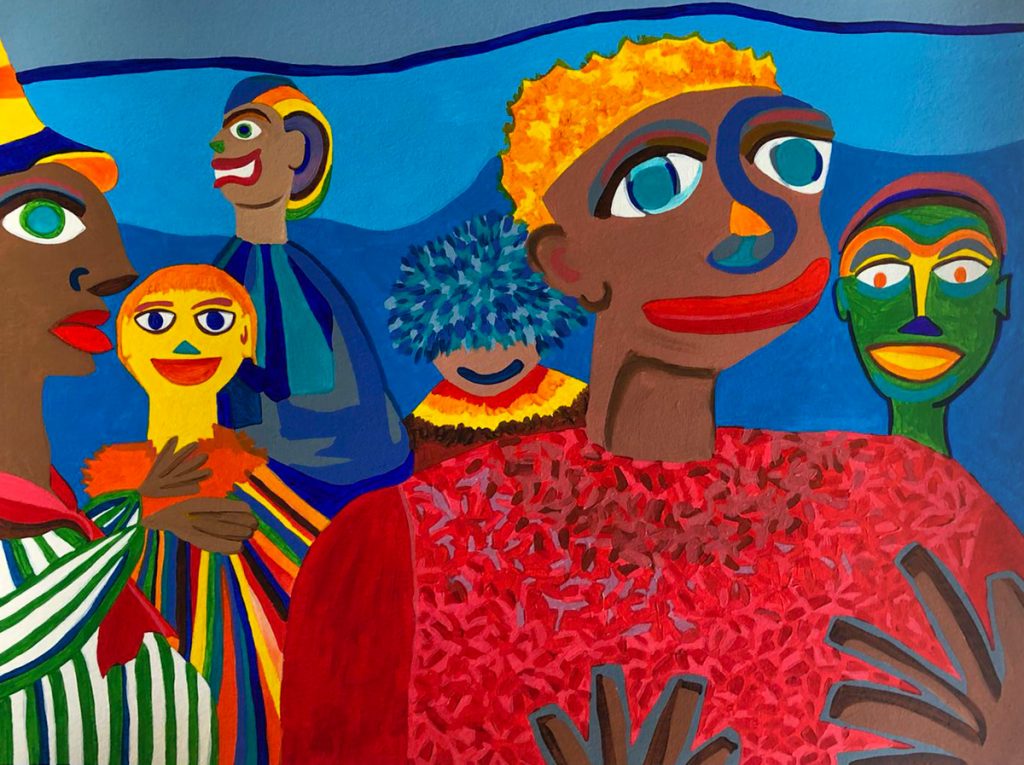
Here in Europe it seems that a lot has already happened and there is not much to come. Countries have already conquered many other countries around the globe, extracted their wealth and brought it to their own people. Of course, not all of Europe is rich, but even in the poorest countries the government offers basic human rights such as housing, food and education.
Why do you place so much importance on observing and experiencing nature? How do you find connection with nature while living in an urban environment?
(X.N.): For me, the experience of nature is very similar to making art, it let’s people connect with their sensitive side. For the following question (this is actually my master’s research) the answer is simple: nature is everywhere, we just need to learn to see and experience it. If you live in the middle of the forest, as I used to, then it is easier to recognize, but if you live between cars and buildings, then it is more difficult.
My goal as an artist is to make people become more aware of nature and its presence. I feel these connections in simple things, when I see the sunset over the bridge, when I water my plant, when I feel my hands freezing from the cold. The difference between me and people who don’t connect with nature is that I feel the sensitivity in each experience, I don’t run away from the rain as if it would hurt me. I see value in taking care of a plant, I let myself be touched by the nature around me.
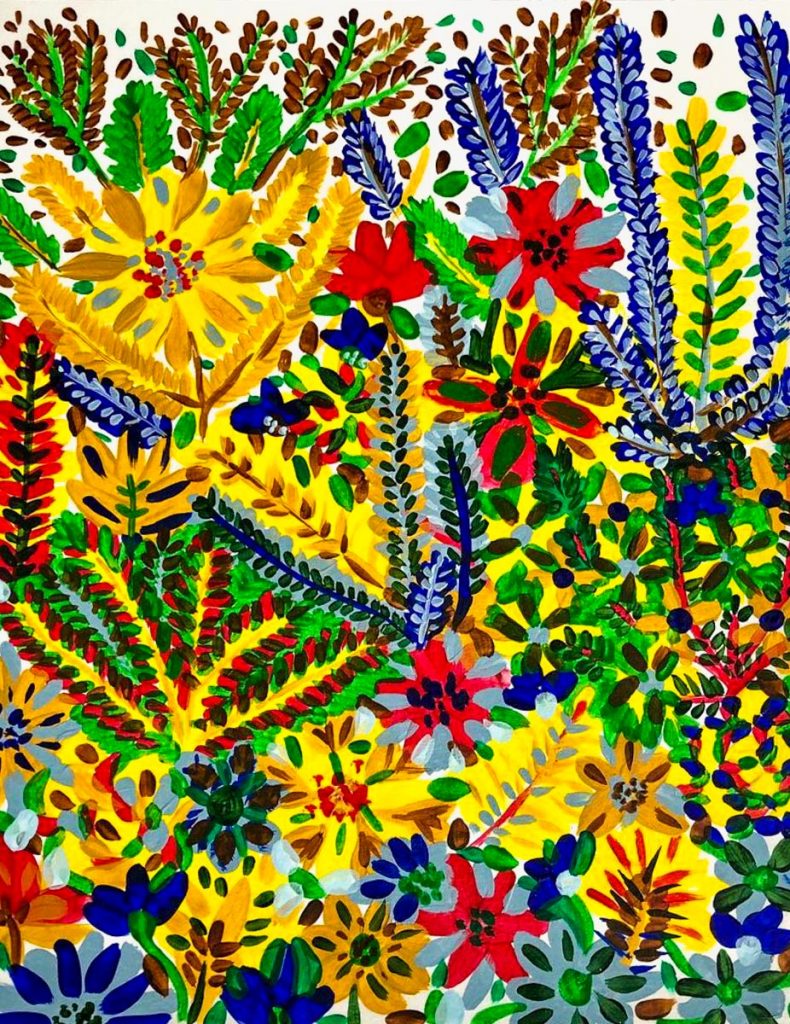
Your paintings attract attention by their bold colours, simplified shapes and fine ornaments. What influenced your artistic choices?
(X.N.): My family owned a T-shirt store for over 20 years. Growing up I spend a lot of my time inside a screen printing workshop. For a long time I was responsible for making new stamps where I had to think about how to present ideas related to my home town in images. Those images then would be printed on different types of fabrics. Using this technique you build the stamp colour by colour and combine them with each other so that in the end you have a clear image. It’s like a puzzle. I think I’m still influenced by screen printing. I make drawings and paintings that connect with my inner child. I like to tell people that drawing is like dancing, everyone knows how to do it because we all did it when we were kids. Sometimes we just need to remember that.
Artworks by Xica Negra
Are there other topics you would like to explore in your art? Perhaps you have some projects planned ahead?
(X.N.): Yes, of course. Ideas and inspirations come to me all the time! I feel that there are infinite possibilities in the world. It is full of topics to be discussed and represented. I always thought that finding a style of my own is not an aspiration for me. To me having one stylistic feels too constraining. I don’t want that. I always want to be able to change and try new things, both in art and also in life. I see art as communication tool between people that is different than using words. It is an expression of how we perceive the reality around us.

If you want to see more artworks by Xica Negra, visit her website xicanegra.com
To learn more about the activities of Kurk Kurk, read our blog articles. We also invite you to follow our page and like us on Facebook and Instagram. Until next time!
Popular articles

;)
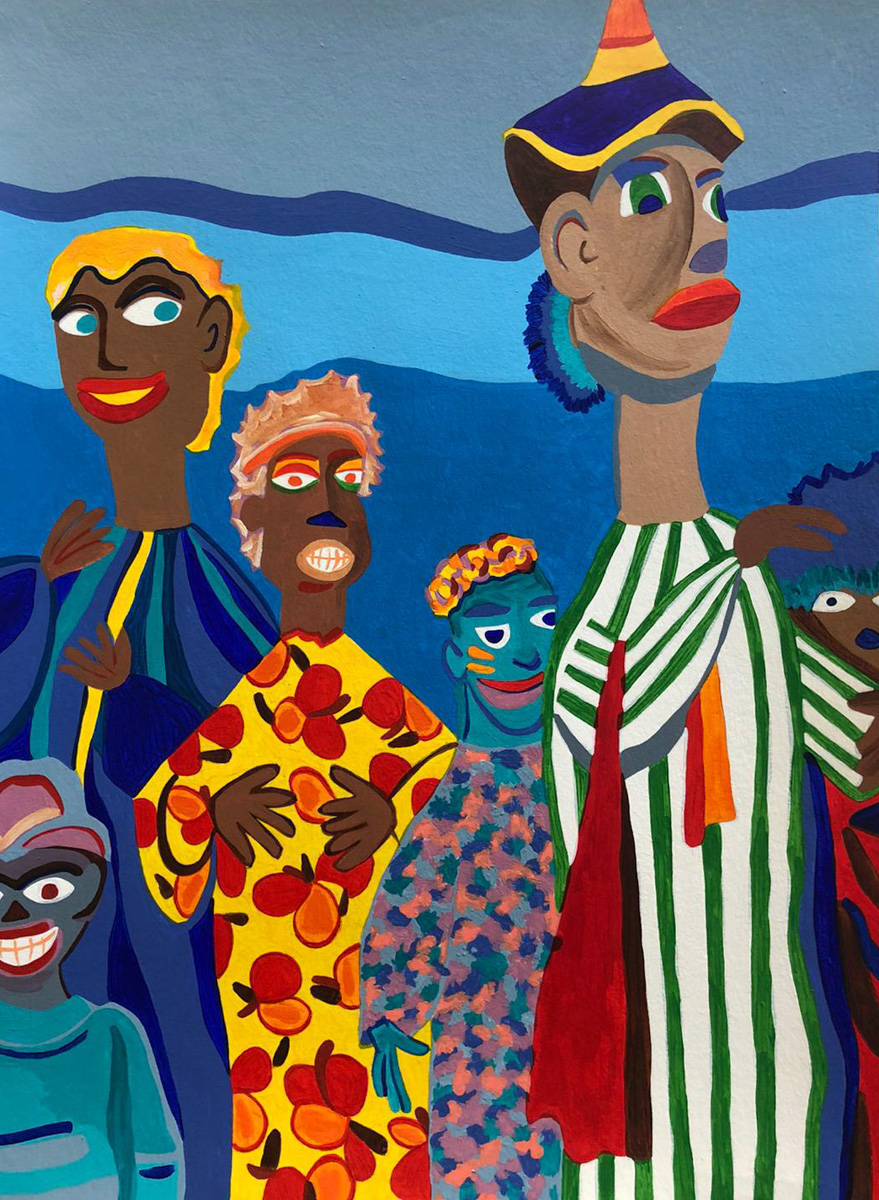
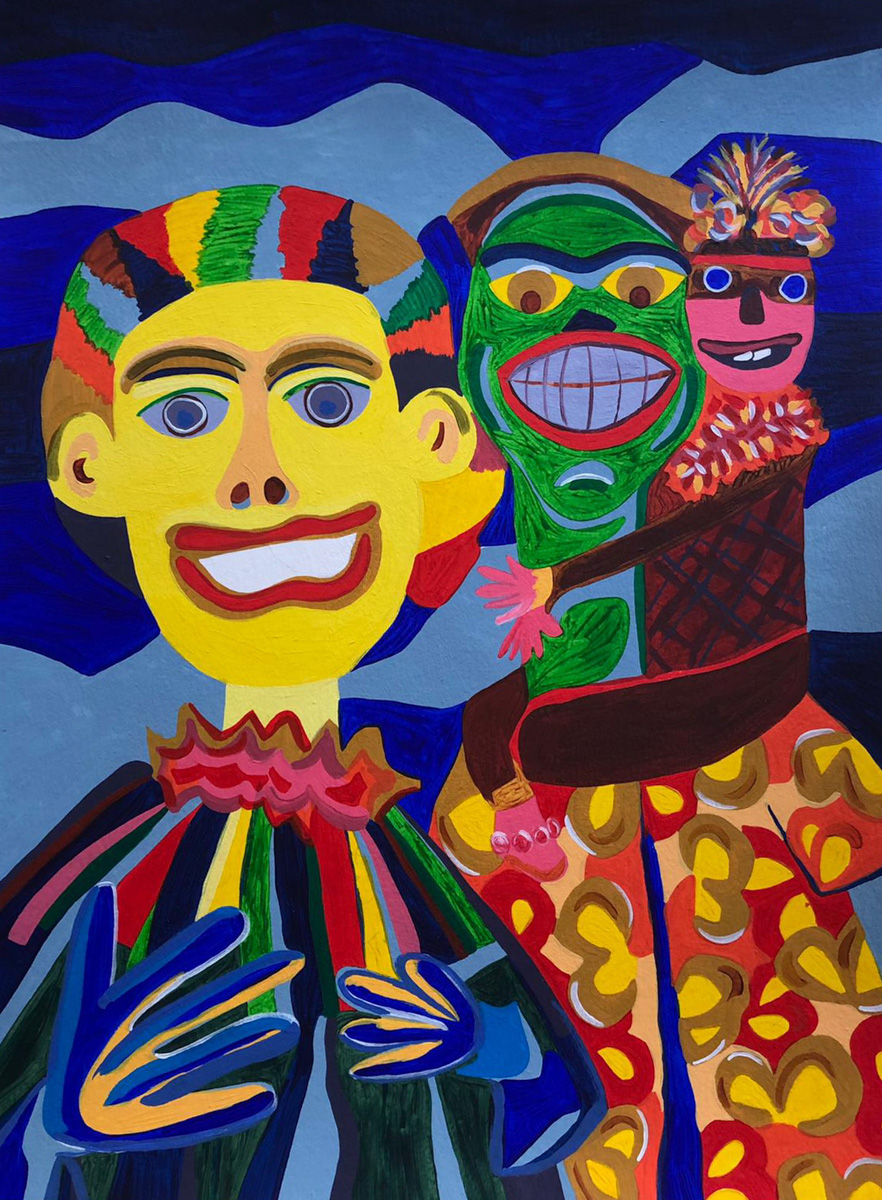
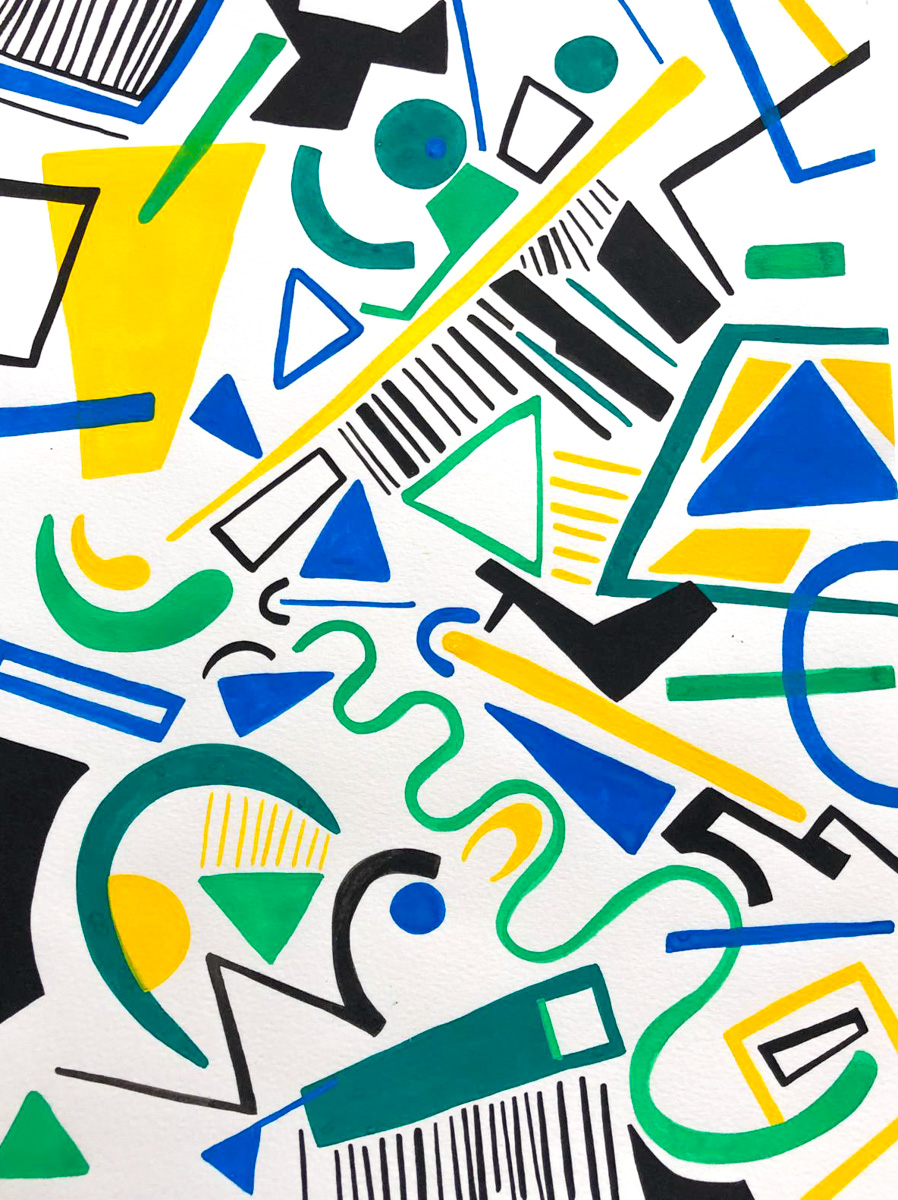
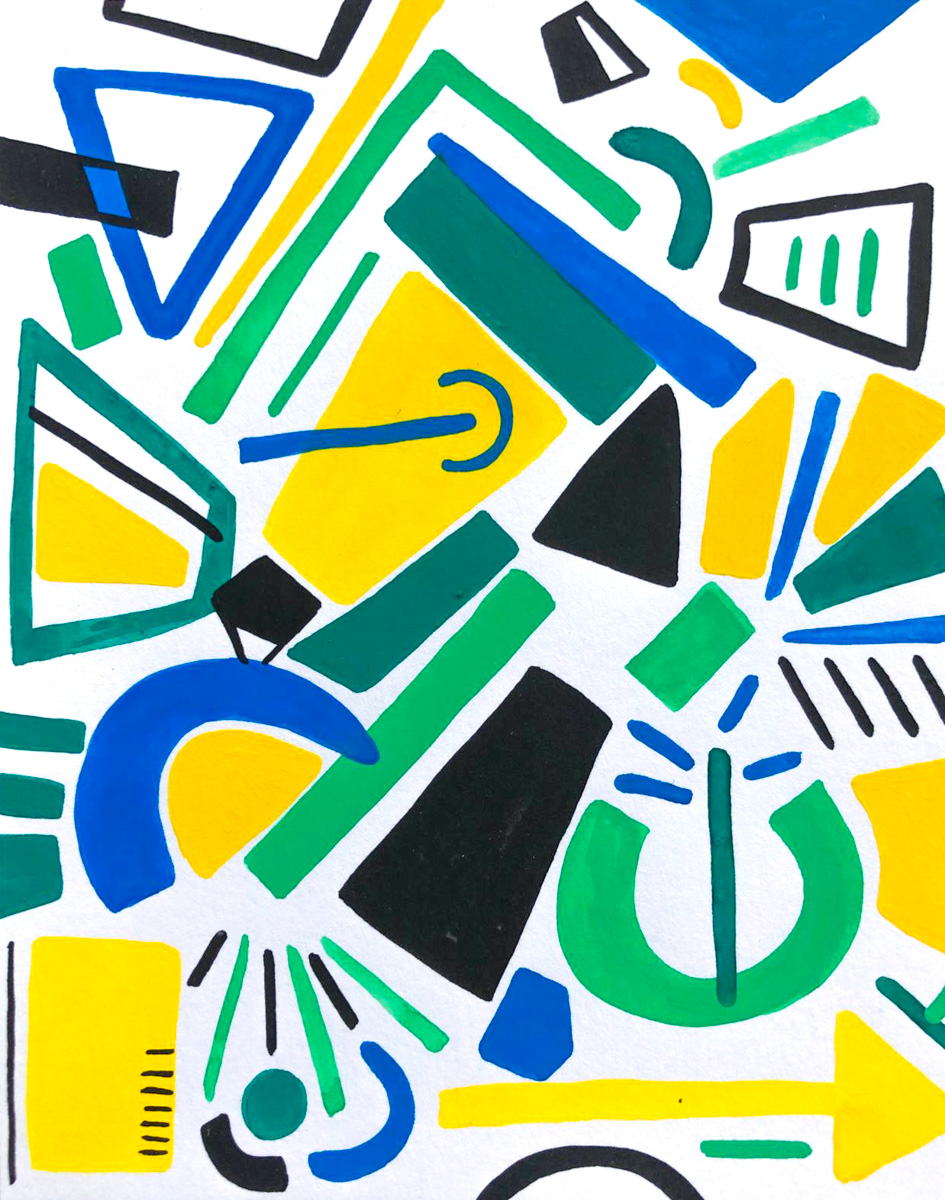
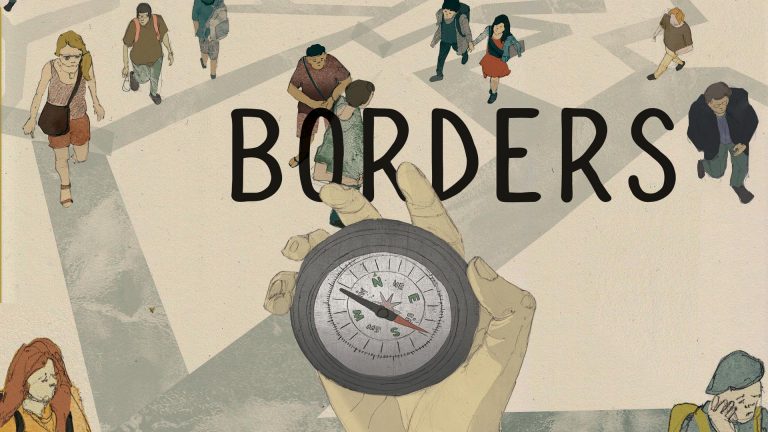

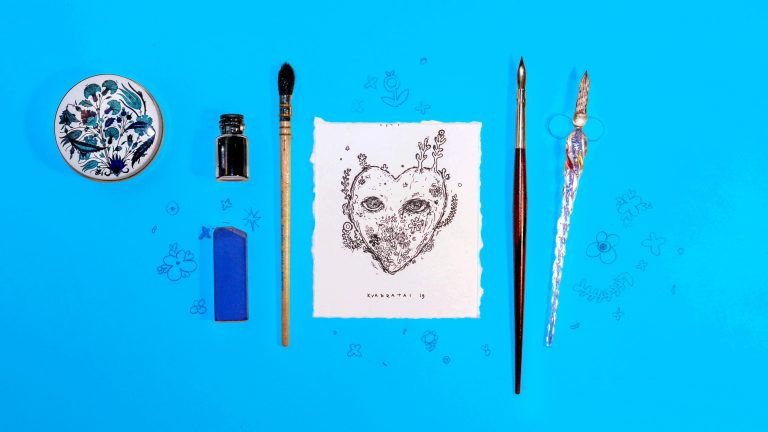

Comments